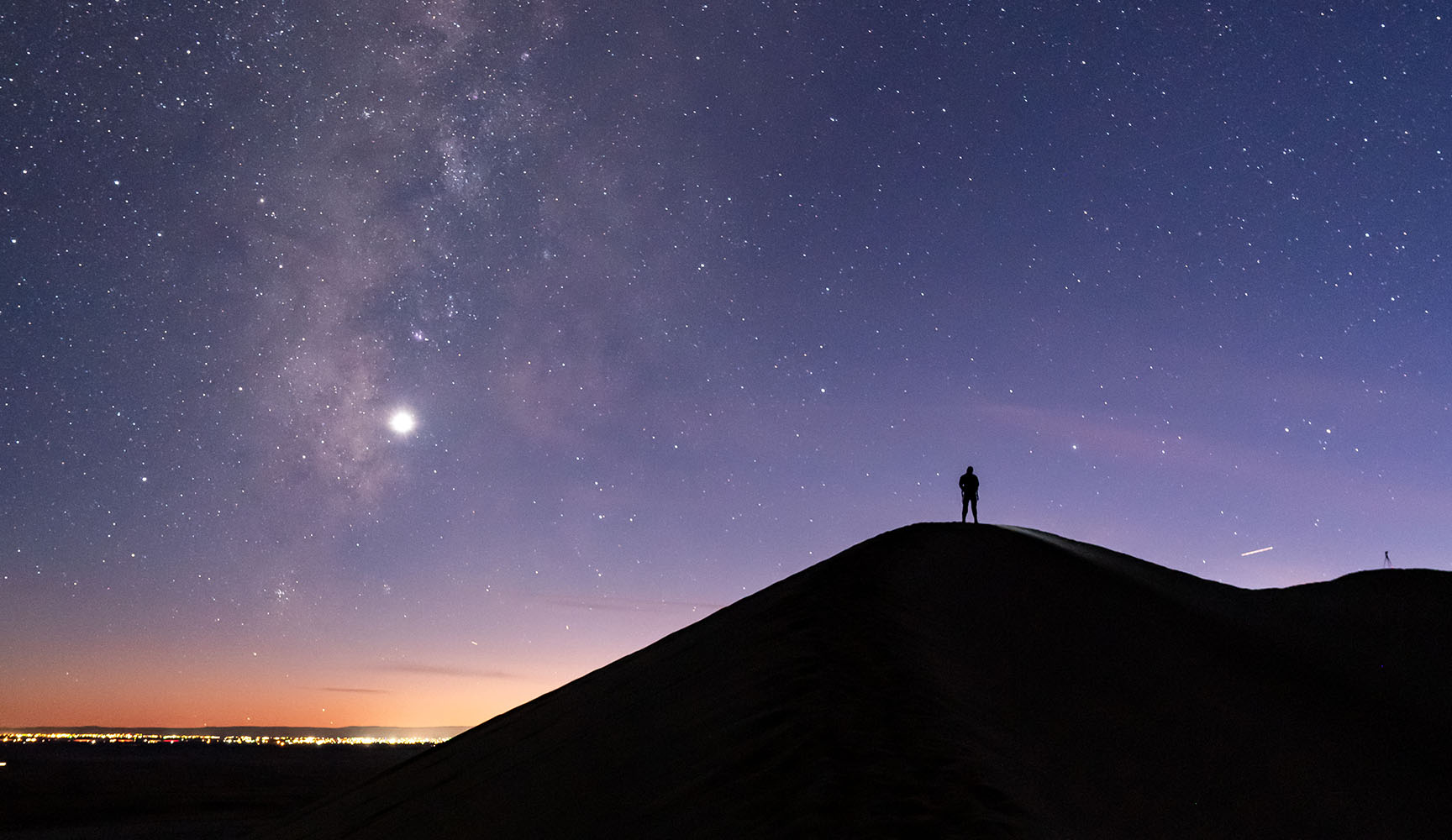Top 5 Things to Know About the Sandhill Crane Migration
The end of February marks the start of the Sandhill Crane migration into the beautiful San Luis Valley! This is an extraordinary time of year when more than 20,000 cranes grace the area with their beauty, but only for a short few weeks! Keep reading below to read about the…












